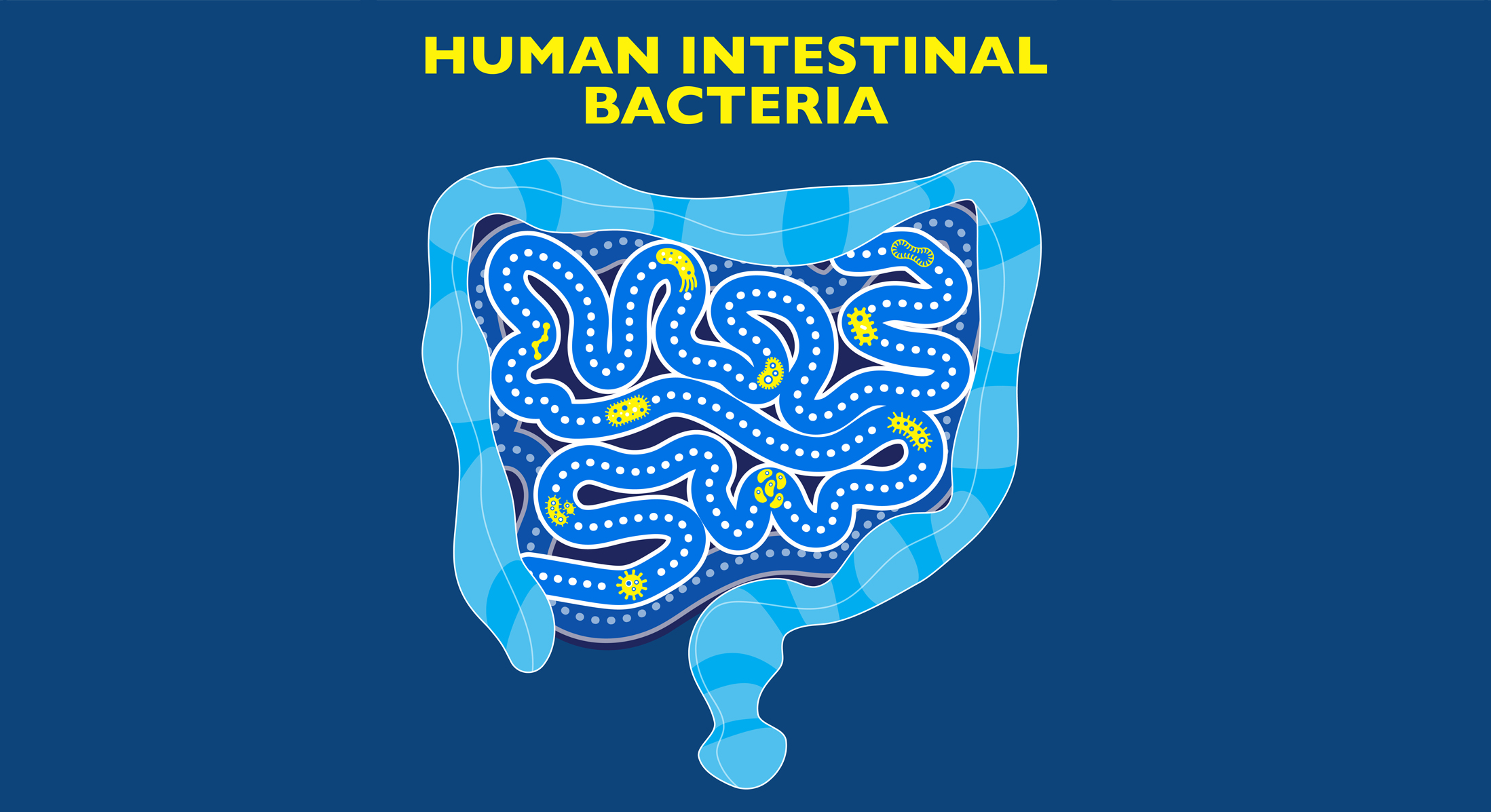The gut microbiome’s role in health and disease was initially supported by studies that found associations between a given microbial profile and a disease—a large number of diseases have been associated with a gut microbiota imbalance—or healthy situation. However, scientists still lack a definition of what a healthy microbiome really is. Furthermore, microbiome science needs to move on from correlation to proof of concept studies before linking a specific microbial profile to its beneficial role or the onset of disease.
A recent review, led by Dr. Maria Cristina Mele from the Università Cattolica del Sacro Cuore in Rome (Italy), updates current scientific evidence regarding the factors involved in explaining gut microbiota composition variation in the same individual and between individuals, both in terms of health and disease.
An appropriate host-microbiota balance must be maintained to guarantee the protective, structural and metabolic effects of commensal bacteria, both systemically and within the gut. Although gut microbiota functions are highly preserved between individuals, everyone has their own combination of commensal bacteria and there is no such things as a single healthy gut microbiota composition since it varies from person to person.
An individual’s unique gut microbiota profile is almost like a fingerprint that starts developing in early life, mainly during and after birth. Individual gut microbiota may vary depending on:
- Infant transitions.
- The anatomical regions of the intestine (with the large intestine as the most colonized region).
- Age.
- Environmental factors such as antibiotic use.
Of all these elements, gut microbiota transitions in early life are critical. Initial colonization may be influenced by several factors, including but not limited to gestational age (pre-term birth or full-term birth), mode of delivery (vaginal delivery or C-section), types of feeding (breast-fed or formula-fed), and weaning period. To mention just one example of the important role of diet in shaping the gut microbiota in early life, cessation of breastfeeding, rather than the introduction of solid foods, is the major driver of an adult-like microbiota.
The personal gut microbiota tends to remain stable in adulthood. However, changes in gut microbiota composition do take place on an individual level and are primarily down to:
- Gut microbiota enterotypes (clusters of bacteria with a similar functionality).
- Anthropometric measures: gut microbiota diversity seems to decrease based on individual body mass index (BMI), so BMI might be a good predictor of altered short-chain fatty acid production in malnourished individuals, including those who are obese or suffering from anorexia nervosa.
- Lifestyle (including diet and physical activity/exercise).
- Ethnicity and cultural dietary patterns.
Even though gut microbiota variations are considered physiological within and between healthy individuals, these variations may have an impact on the onset of diseases or, conversely, they may be beneficial. In that regard, in the second part of the review, the researchers explored well documented associations between several intestinal and extra-intestinal disorders and alterations in gut microbiota composition.
Irritable bowel syndrome, inflammatory conditions of the gastrointestinal tract (including ulcerative colitis and Crohn’s disease), celiac disease and colorectal cancer are all intestinal disorders in which the gut microbiota’s role has been widely researched. Although findings relating to specific gut bacteria changes across studies suggest that gut microbiota imbalance may be involved in disease development, most of the time, a causal relationship between microbial dysbiosis and intestinal disease pathophysiology cannot be inferred.
Beyond the gut, scientists have also shown how some metabolic and central nervous system-related disorders are associated with changes in gut microbiota composition, including lower species diversity and shifts in metabolic, immune, and nervous system pathways. Strategies aimed at manipulating gut microbiota composition to prevent metabolic and neurological disorders are promising, although it is too early to recommend systematically targeting the gut microbiota to slow down the current rise in extra-intestinal diseases.
To sum up, there is no such thing as a single healthy gut microbiota profile, since each and every one of us has a different profile, which should be defined based on factors that can affect its composition. That, in itself, therefore implies that the term “healthy gut microbiota” is not precise and should no longer be used when discussing the microbiome. Instead, it is more appropriate to precisely define the gut microbiome by taking context into account and by explaining what a healthy gut microbiota composition is and which factors drive changes in gut microbiota.
Reference:
Rinninella E, Raoul P, Cintoni M, et al. What is the healthy gut microbiota composition? A changing ecosystem across age, environment, diet, and diseases. Microorganisms. 2019; 7(1). doi: 10.3390/microorganisms7010014.


